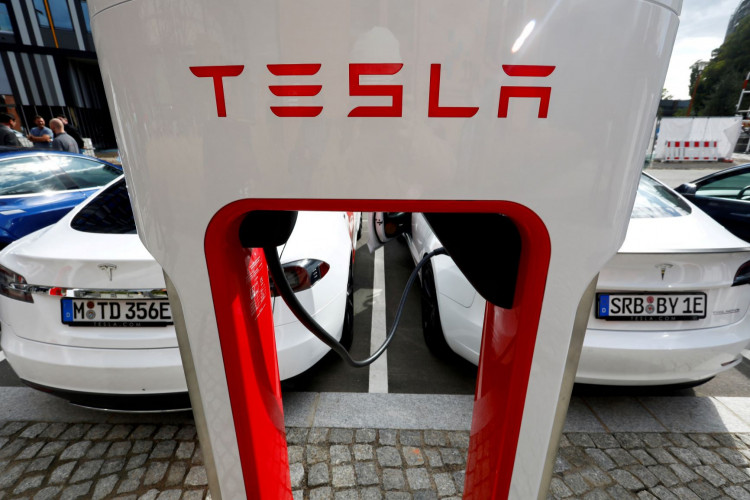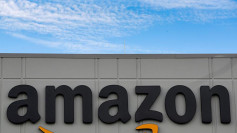Following in the footsteps of traditional automotive giants Ford and General Motors, several companies like ChargePoint, which operates the largest electric vehicle (EV) charging station networks in North America and Europe, and Rivian, once considered Tesla's main competitor, are now adopting Tesla's North American Charging Standard (NACS). As Tesla's charging network becomes increasingly popular in the auto industry, Wall Street has begun to actively evaluate how much value the charging network can bring to Tesla.
According to data from the U.S. Department of Energy, Tesla's charging stations make up about 60% of the total number of fast-charging stations available in the U.S. Tesla's earnings reports categorize revenue related to charging stations under "services and other revenues" and do not break it down separately. In the first quarter of this year, services and other revenues accounted for less than 10% of Tesla's total revenues.
Earlier this month, an analyst at Piper Sandler estimated that by 2030, charging non-Tesla vehicles could bring Tesla an operational revenue of $3 billion. By 2032, this revenue could grow to about $5.4 billion.
Subsequently, Morgan Stanley analyst Adam Jonas attempted to assess the overall value of Tesla's Supercharger network. Taking into account factors such as EV penetration and post-tax net operational profits, he conducted multiple scenario-based valuations. His conclusion was that if Tesla started producing and storing its own solar power for its chargers, the entire charging network could be worth as much as $100 billion.
To put $100 billion into perspective, this valuation for just the Tesla Supercharger network is higher than the valuations of several major car manufacturers. For example, the market cap for Germany's publicly traded BMW was less than 73 billion euros at Wednesday's closing, and South Korea's Hyundai was valued at less than $35 billion.
Despite Tesla's stock price turning negative mid-week, with a decline of more than 5% at midday, it was still expected to have a market cap of over $810 billion by the close of trading. The valuation of the Supercharger network accounts for one-eighth of the current total market cap.
However, it should be noted that Adam Jonas has long been one of Wall Street's biggest Tesla bulls, and not many other analysts are as optimistic as him.
Moreover, Jonas emphasized the potential of artificial intelligence (AI) when he assessed the recent surge in Tesla's stock price. He expressed that the market wants to believe that Tesla is primarily an AI brand and secondarily an automotive company.
Earlier this week, an article mentioned that Dan Ives, an analyst at Wedbush Securities, believes Tesla is at an "AWS moment," like Amazon was back in the day, when it launched the eye-catching, high-profit cloud business AWS and integrated all its services, thereby attracting a wide range of investors and boosting stock prices.
However, some analysts argue that this analogy is fundamentally imprecise. While Tesla does have some side businesses in charging, there doesn't seem to be anything on the horizon that could achieve the scale effect of Tesla's cars and become the next cash cow.
Last year, Tesla's total revenue exceeded $81.4 billion. If the predictions by the analyst at Piper Sandler are correct, charging would add $3 billion in revenue to Tesla six years from now, which would indeed be a small fraction of the total income.
The article mentioned above pointed out that when analyzing this hot stock, the market often values speculative, futuristic technologies over fundamentals. This is a primary reason why predictions about Tesla vary widely. The second quarter results to be announced next month might bring the market's focus back to fundamentals.





